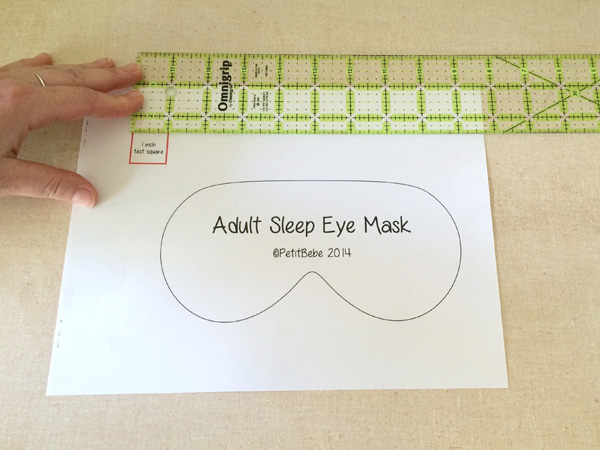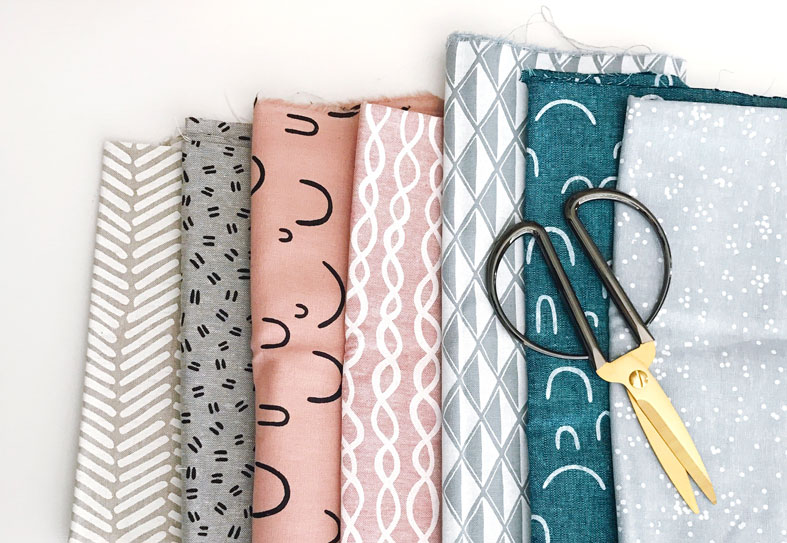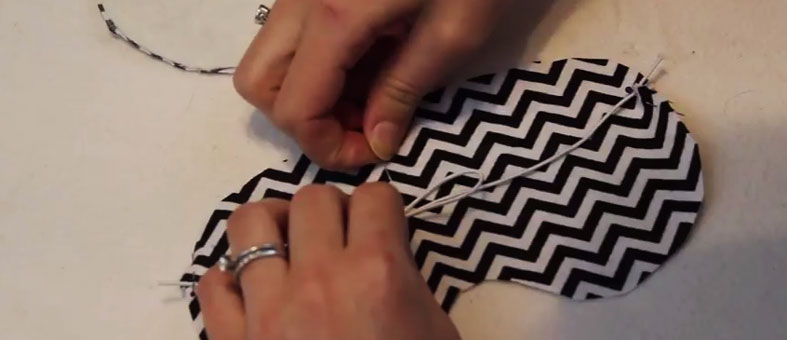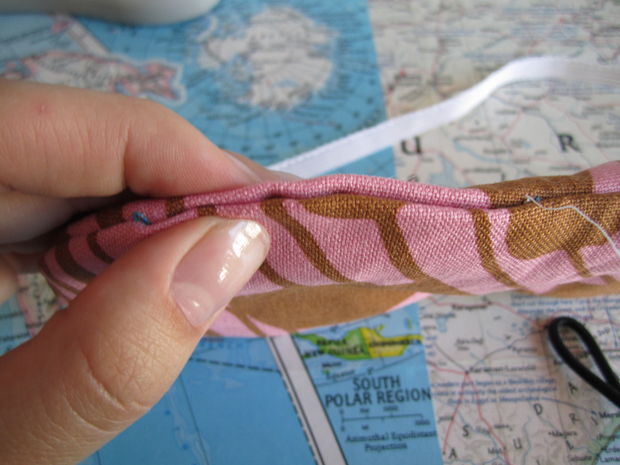Sleep masks are the true best friend of the always-on-the-go type of friend or the frequent-flyer colleague that you might have. They would help the user get the restful sleep by preventing any unwanted light disturbances.
Buying one is always an option, but why spend the money to get something completely depersonalized when you can tailor one yourself? This is a great gift idea or a way to come up with something unique – something that you’d be the sole owner of. Let’s see how you can handcraft it on your own.
The Easy Way to Make a Sleep mask
Step 1: Preparation
There are a few different things that you would need for this challenge. You’d have to get fabric, clear ruler, scissors, pins, elastic, thread, water-soluble pen or a pencil, a seam gauge, batting for the lining and a pit of patience. A pattern would also be needed.
Step 2: Printing the Eye Mask Pattern
The first thing you’d have to do when it comes to the operational side would be to print the pattern. There are quite a lot of different options available on the internet, many of which are free to download. Print it and get it sized to make sure it’s the correct one.
Step 3: Cutting the Pattern
Once you’ve confirmed the correct size, you can use the paper scissors to cut the pattern for your mask.
Step 5: Cut the Batting
Cut just one layer of the batting that you’ve chosen. Make sure to pick something that’s thin for comfort.
Step 6: Pinning the Elastic
Now, you need to measure down from the top of the mask and after that pin the elastic in place. This happens on the right side of the fabric first. Once you are done, make sure to repeat it on the other side as well.
Step 7: Basting the Elastic
Now, a lot of the guides out there would have you pin the elastic first on both sides and only after that to sew them in place. This, however, is not the preferred approach. Sew the elastic in place in order to ensure that it’s stable and it stays at one place.
Step 8: Marking the Center Curve
You should mark the center curve on the pattern which is going to be located above your nose. This is going to be sewn a lot more accurately if you mark it beforehand. You can use the water-soluble marking pen that we mentioned to draw the stitching line on the edges.
Step 9: Pinning the Layers
If you want to keep the batting to be hidden within the mask, you should pin the fabrics on the right sides together and make sure that the batting remains at the bottom. Always make sure to keep the elastic away from the stitch line.
Step 10: Putting the Layers Together
You can use a 3/8-inches of the seam allowance and sew all the way through the mask. Make sure to leave about 2 inches of opening on top along the flat nose bridge.
Step 11: Trimming the Seam Allowance
Once you are done sewing, you should trim the allowance to about ¼ to 1/8 of an inch. You shouldn’t trim right at the top.
Step 12: Smoothen the Curves
You can use the clear ruler with its curvy end to open up the seams around the mask in order to smoothen the curves.
Step 13: Tucking in the Allowance
Obviously, this has to be done for support, reliability and comfort. At the opening left right along the top of the mask, you should fold the seam allowance right to the inside. Create a smooth line, regardless of how much time it would take.
Step 14: Closing the Opening
You should use a ¼-1/8 of an inch of the seam allowance and make sure that you use a thread color which goes well with the fabric you’ve chosen.
Step 15: The Final Press
This is the easiest part of it – just use the iron and press it properly to provide it with a clean look. That’s pretty much everything you ought to know.
Learn More: Benefits of Wearing a Sleep Mask
Frequently Asked Questions
Can I Make It Without Sewing?
Unfortunately, making a sleeping mask without sewing is not quite possible. You wouldn’t be able to put all the pieces together in any other way.
Use Fabric Or Felt?
Using fabric is the preferred choice as felt could cause certain irritations. Furthermore, it’s not as easy to sew.
Should I Use Two Pieces of Fabric?
Yes, you should. This is the best and the easiest way to make sure that the pattern is properly put together.
How Do I Determine The Elastic Length?
Test it out. There is no one-off solution – it all depends on the size of your head. Put down a piece of elastic, pin it to your pattern and put it on your face. Always make it a tiny bit shorter in order to make the sleeping mask tighter on your face.
Is Paper Okay to Use?
Paper is only okay to create the initial pattern. Afterwards, you should be using fabric.
Conclusion
This is a quick, particularly easy and hassle-free way to make a DIY sleeping mask for your travels. Some people also prefer to use it for their everyday sleeping. It’s a great gift for a friend of yours who is constantly on the plane, traveling from one destination to another.
This is also going to allow you to personalize it in a way that you find appropriate, and make the perfect eye mask for you or your friends. And, after all, you’d have something that no one else in the entire world has.
Sources and References:
- How to Sew a Simple Sleep Mask for a Better Night’s Rest – marthastewart.com
- The Benefits of Beauty Sleep – webmd.com
Jill Zwarensteyn
Editor
About Author
Jill Zwarensteyn is the Editor for Sleep Advisor and a Certified Sleep Science Coach. She is enthusiastic about providing helpful and engaging information on all things sleep and wellness.
Combination Sleeper





